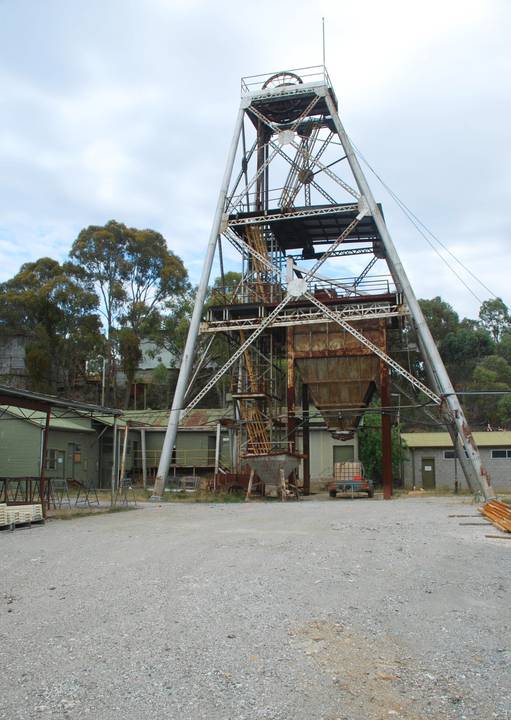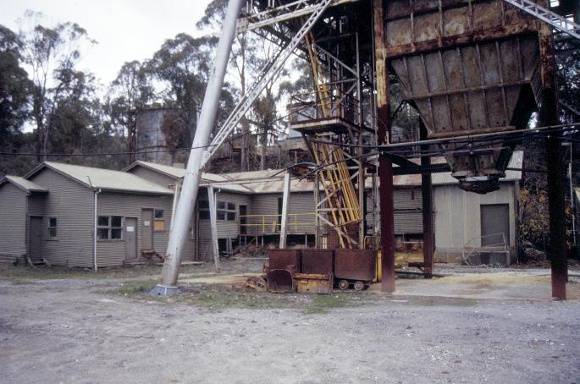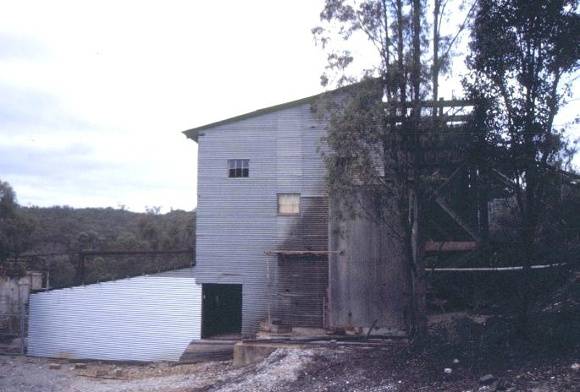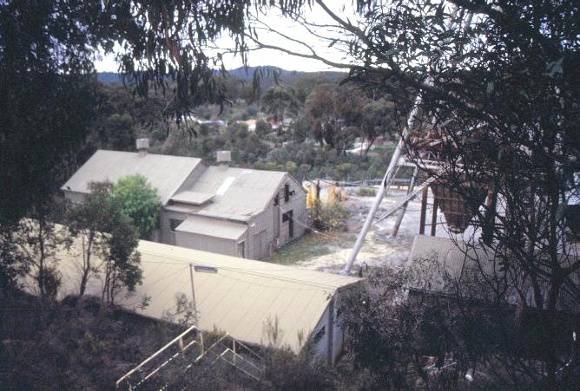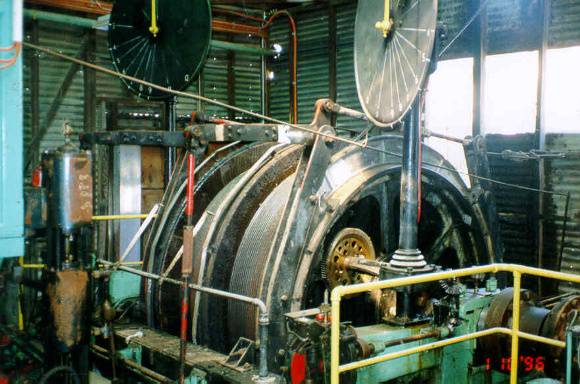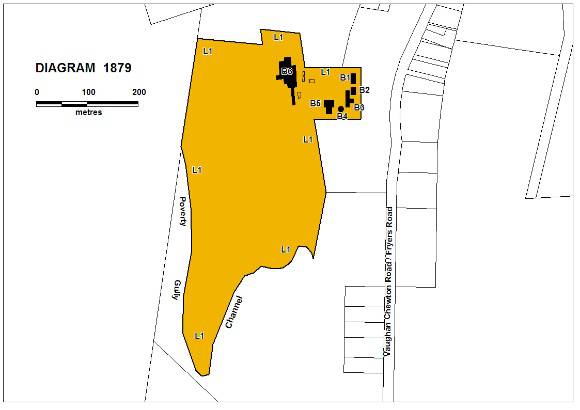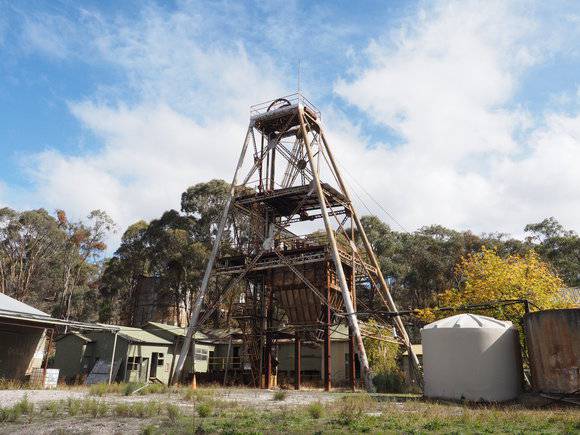| Back to search results » | Back to search page » |
|
WATTLE GULLY GOLD MINE
LocationFRYERS ROAD CHEWTON, MOUNT ALEXANDER SHIRE
File Number601999LevelRegistered |
|
Statement of Significance
What is significant? After the war, the mine continued to develop - in the early 1950s new
plant including a winding engine, steel poppet head, and twenty-head
battery was added. The plant was obtained from the Central Nell Gwynne
Company, Bendigo. On 13 March 1969, the Wattle Gully Company closed
down the mine, laying off 62 men. Since 1970 Wattle Gully mine has
worked intermittently. Recent additions to the mine's infrastructure
has been a new ore processing plant and a decline tunnel. The ore
processing plant was operated by Newmont mining from 1987 to 1990 and
subsequently operated by Consolidated Victorian Mines and Duketon
Goldfields. The mine site has retained evidence of its development
since 1937 with its most recent periods of equipment upgrades in the
1950s and 1980s being documented by buildings, structures and intact
and working machinery.
Wattle Gully Mine holds a pivotal position in the history of the
State's quartz mining industry. The rich strike at Wattle Gully mine
in 1937 helped revive the State's gold mining industry that had been
in the doldrums since the First World War. Wattle Gully, and a handful
of other 'new' companies - the Maude and Yellow Girl, Morning Star, A
1, and North Deborah - were the flagships of the revived industry and
sustained the State's gold production for some 30 years. Wattle Gully
mine, with a yield of 350,000 ounces, was the richest mine of its era.
By 1940, the Wattle Gully Company had paid out £207,000 in dividends
to its shareholders. The company continued to mine profitably through
the Second World War, though it struggled due to a shortage of
manpower.
How is it significant?
The Wattle Gully Gold Mine is of historical and scientific
(technical) significance to the State of Victoria.
Why it is significant?
The Wattle Gully Gold Mine is historically significant as the most
tangible expression of State's quartz mining industry. The mine is
also of outstanding historical significance as being the flagship of
this industry during the middle decades of the twentieth century.
The Wattle Gully Gold Mine is of scientific (technical)
significance for possessing rare and functional examples of a once
plentiful technology in the form of 'traditional-type' shaft mining
and ore crushing machinery. The retention of the 1950s machinery,
buildings and structures, and the associated fittings and fixtures
that were added later to modernise the mine are all crucial to the
significance of the place. The relatively intact late 1980s cyaniding
plant and the associated tailings dams and reservoir to the south from
the same period demonstrate the changing technology of gold extraction
in the late twentieth century. These elements combine to provide a
unique illustration of the duration of a mining technology that was
first introduced to Victoria in the mid-1850s. The old 'abandoned'
section of the mine also provides a strong educational experience of
stepping into the shoes of the recently departed gold miners.
Group
Mining and Mineral Processing
Category
Ball Mill


